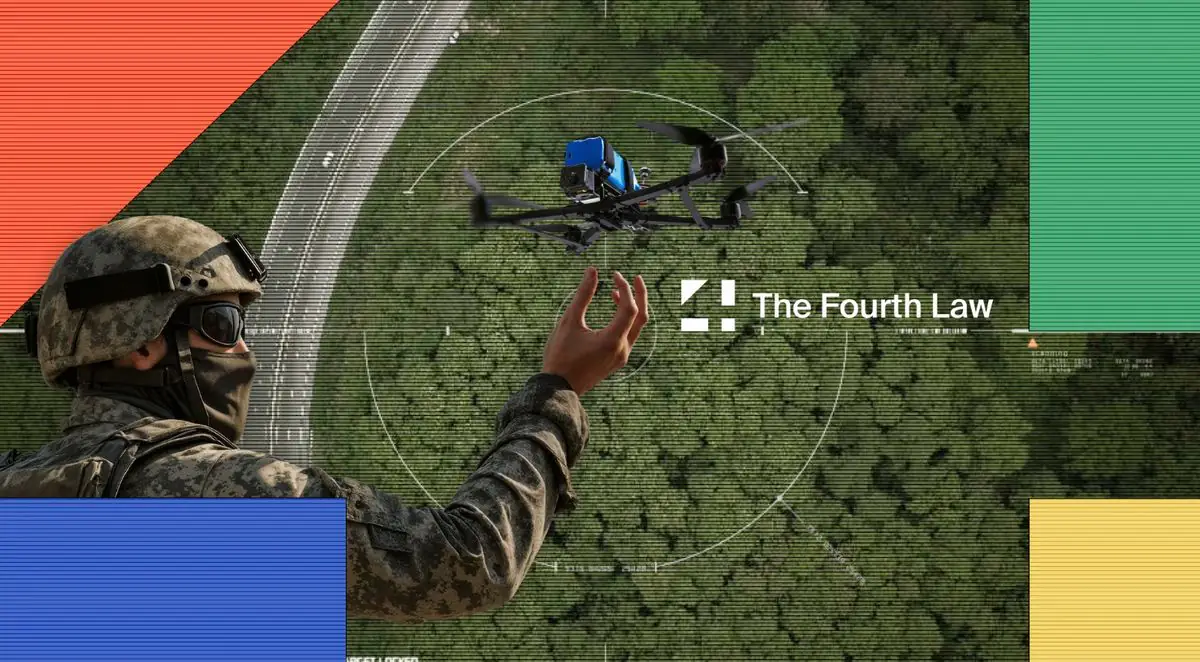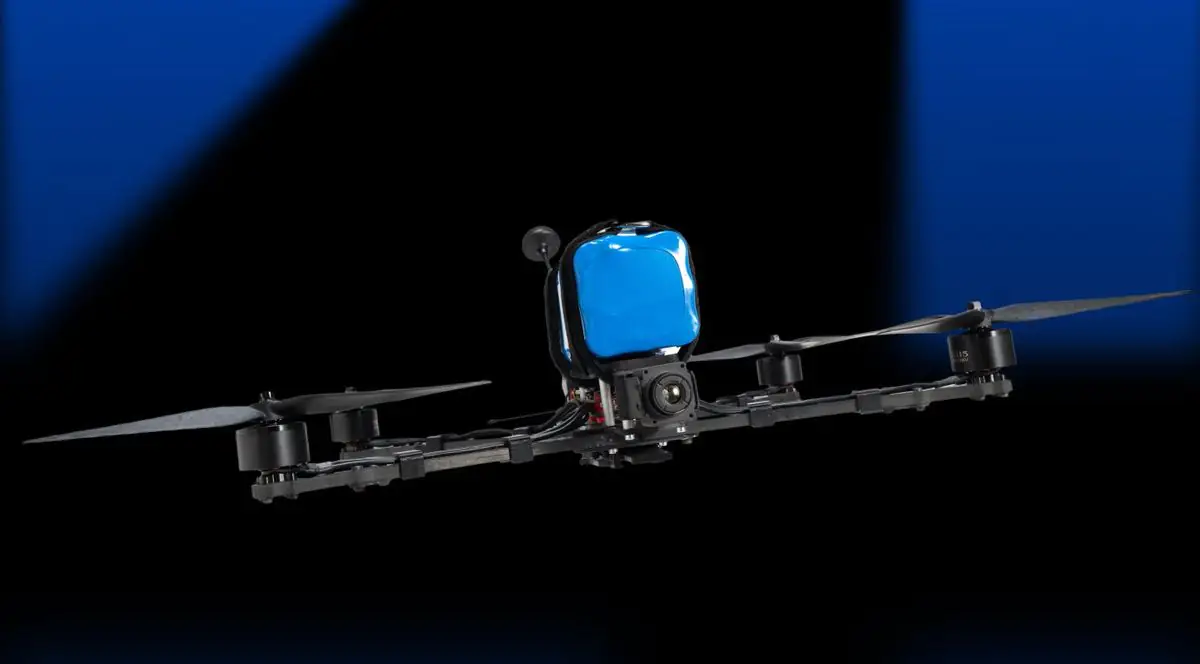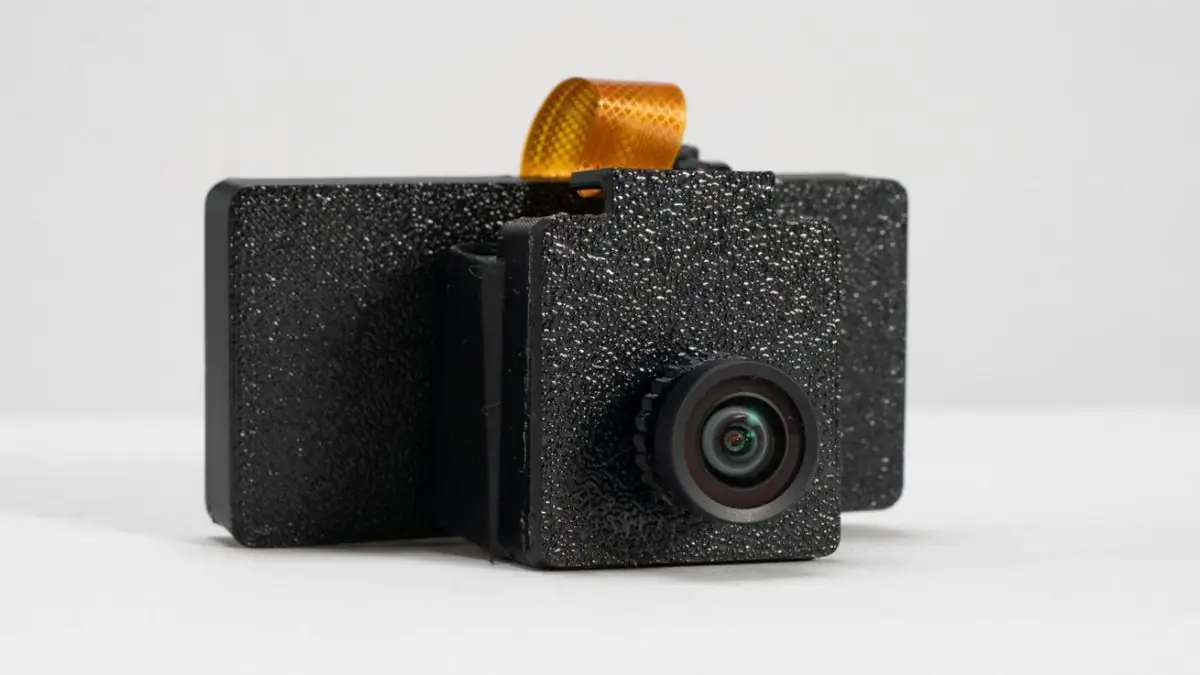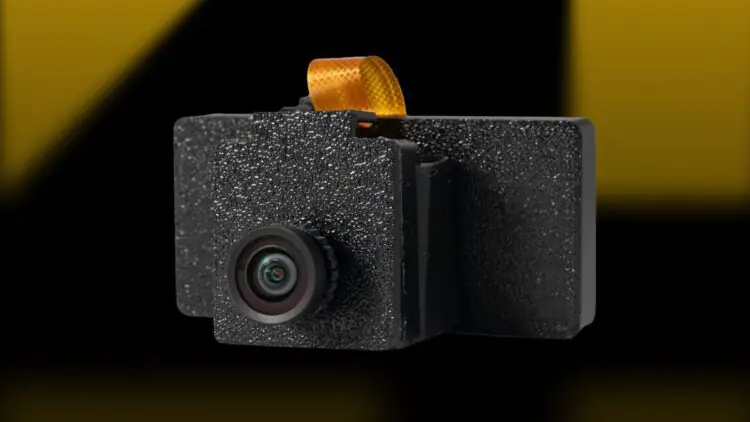Ukrainian company The Fourth Law (TFL) has announced the launch of mass production of its proprietary FPV drone targeting solution – the TFL-1 system. This machine vision–based technology enables drones to autonomously strike targets designated by the operator. The system has already proven its effectiveness on the battlefield: even under complex electronic warfare conditions, it is capable of guiding drones to their intended targets. The project attracted investment from the European Union, the United States, and Canada.
Designed with scalability in mind, the TFL-1 system can be produced in the hundreds of thousands each month. Remarkably, this upgrade increases the overall cost of an FPV drone by only a few percent. Its construction also allows for easy integration with the vast majority of drone models already in use on the front lines.

However, a new challenge has emerged – countering the mass attacks by Shahed drones, which Russia continues to launch against Ukrainian cities on a regular basis. Effectively confronting such threats requires specialized anti-aircraft drones. The key to their effectiveness lies in reducing reliance on the operator’s professional skills. Moreover, air defense tools must be highly adaptable: capable of operating in all weather conditions, at any time of day, from various angles, and across multiple tracking channels simultaneously.
In scenarios where a single drone has only one opportunity to intercept a single target, efficiency remains low. That’s why integrating targeting systems into anti-aircraft drones could dramatically improve their performance while also easing training demands for operators. This approach lays the foundation for the transition toward fully autonomous counter-drone solutions.
At first glance, intercepting a Shahed drone in the air might seem easier than tracking a ground-based target, given the uniform background of the sky. However, this assumption is misleading. In an interview with Defense Express, TFL founder and CEO Yaroslav Azhniuk explained that the main challenge doesn’t lie in computer vision or target detection – it lies in control and guidance.
“And the higher the speed, the harder it gets,” he says. “It becomes even more difficult when we consider the thin air at high altitudes, the strong winds at those heights, and the turbulent airflow created in the wake of a Shahed drone.”

Compared to ground targets, in this case, the strike is carried out against an object moving in three dimensions. That’s why autonomous targeting for anti-air drones is far more complex than it might seem. According to Azhniuk, even grasping all the aspects of this problem takes weeks of research.
Developing the TFL-1 system required full focus on creating a guidance solution specifically for use with quadcopters. At this stage, the system cannot be adapted for loitering munitions like the Bulava or other fixed-wing aircraft.

The company explains this focus as a matter of prioritization. FPV drones are currently the most widely used tool on the front line, so it makes sense to concentrate efforts on them. In the future, given additional funding, the team is prepared to move toward new levels of autonomy and expand integration across different platforms. At the same time, according to Yaroslav Azhniuk, the task of developing a guidance system for airborne targets is solvable – provided that the necessary financial support is available.
Read also:
Source: defence-ua









